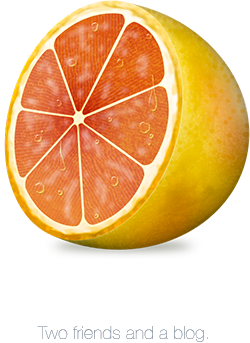Rachit,
Etymologies are always fascinating. The quote ‘good artists copy, great artists steal’ is interesting in and of itself and its history is particularly relevant to the topic you brought up. It’s gone through multiple metamorphoses, starting from a publication in the ‘Gentleman’s Magazine’ in 1892. The original quote (which was a much more straightforward jab at plagiarizers) was actually completely inverse in meaning to its contemporary cousin: ‘great poets imitate and improve, whereas small ones steal and spoil.’ In 1920, the poet T.S. Elliot presented his own take on this (his explanation is particularly salient here):
One of the surest of tests is the way in which a poet borrows. Immature poets imitate; mature poets steal; bad poets deface what they take, and good poets make it into something better, or at least something different. The good poet welds his theft into a whole of feeling which is unique, utterly different from that from which it was torn; the bad poet throws it into something which has no cohesion. A good poet will usually borrow from authors remote in time, or alien in language, or diverse in interest.
After Eliot, both Igor Stravinsky and William Faulkner had very similar quotes (but now referring to musical composition and stage design, instead of poetry). Interestingly enough, Steve Jobs was also known for using the quote and attributing it to Pablo Picasso, though that attribution has not been verified. Nevertheless, several of the most influential artists of the 20th century all agreed on this major point.
It is ok to steal content from others, so long as you leave your own unique mark on whatever it is you stole. Does it matter that much of Martin Luther King’s famous ‘I have a dream’ speech was not based on original material? I would contend that, no, it doesn’t. Much like it doesn’t matter that ‘I will always love you’ was not originally a Whitney Houston song. Both of those artists left a mark on the work that made it distinctly their own, even if they outright stole some part of it.
I think this is a generalizable point, and one that can describe many parts of life. It is not a matter of blue collar vs white collar vs. no collar. It is a matter of whether your life amounts to an imitation of someone else, some vague idealized ghost of a person who has a ‘dream job’, ‘dream house’ or a ‘dream school.’ Of course this doesn’t mean we shouldn’t dream, but maybe that we should be careful to not let others subtly affect those dreams (Inception!?!?!). We should steal parts of life we like, and mold them into what is right for us.
Finally, note also that Elliot doesn’t use the adjectives ‘good’ or ‘great’. Instead he opts for ‘immature’ and ‘mature’. When we’re young, we imitate our parents, our siblings, and our heros. With time, I think the right thing to do is to take the best parts of all of those imperfect, complex humans and mold them into the person we want to be.
V
